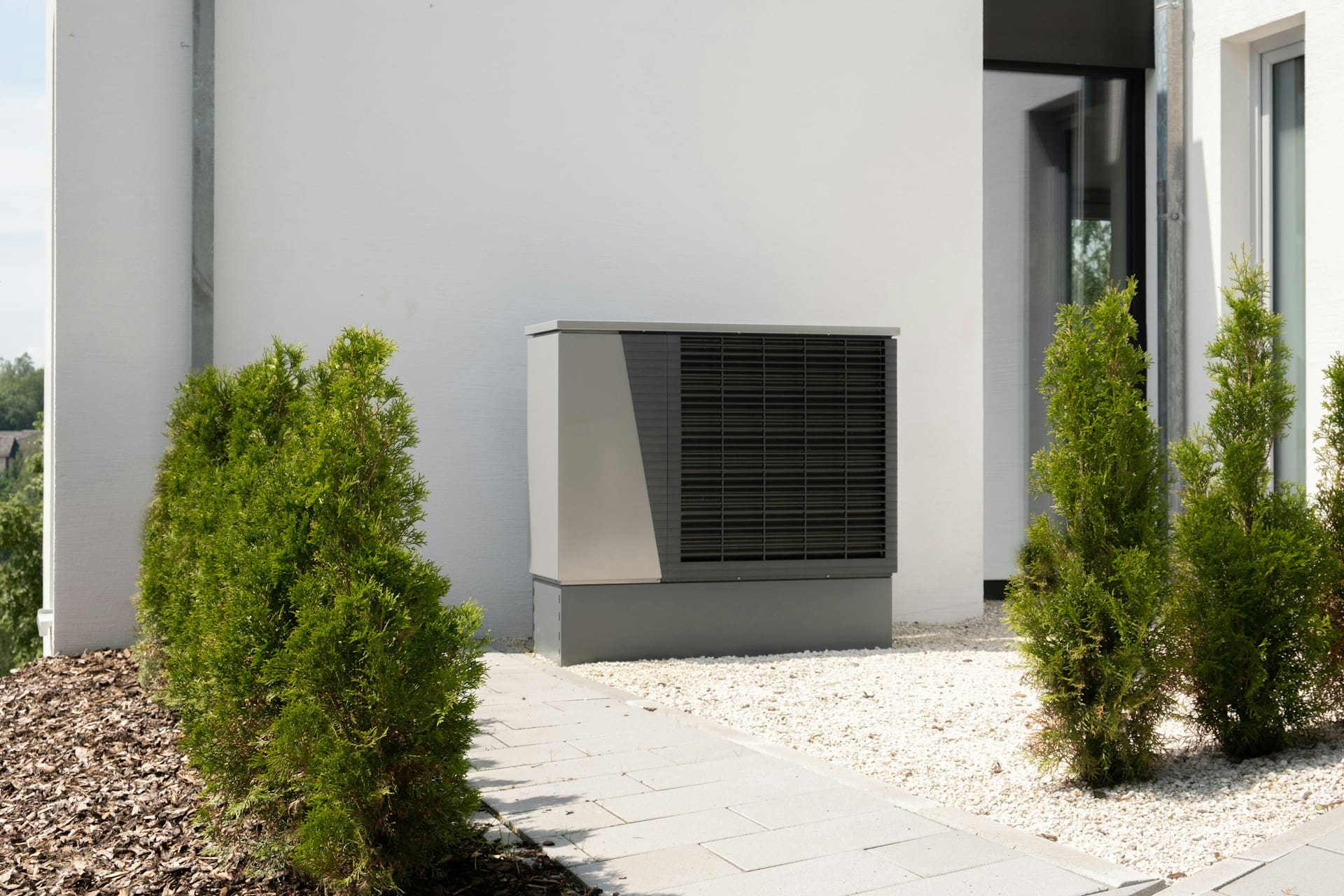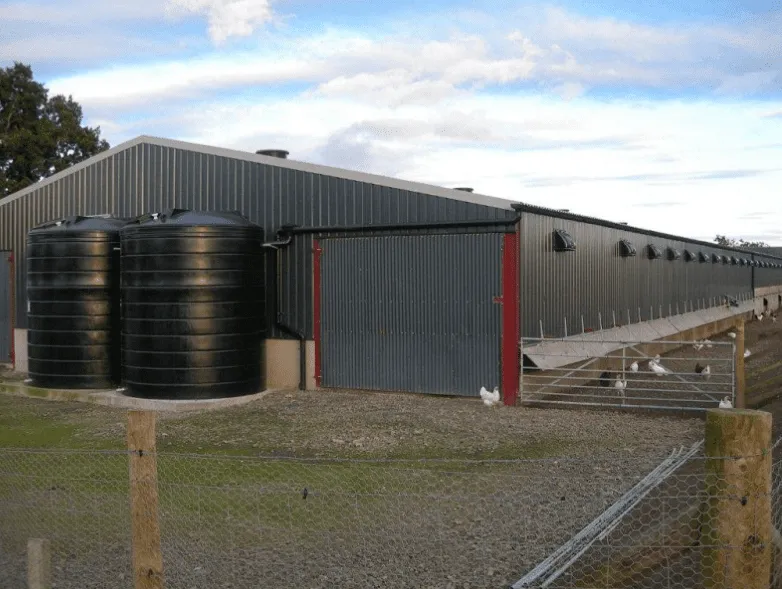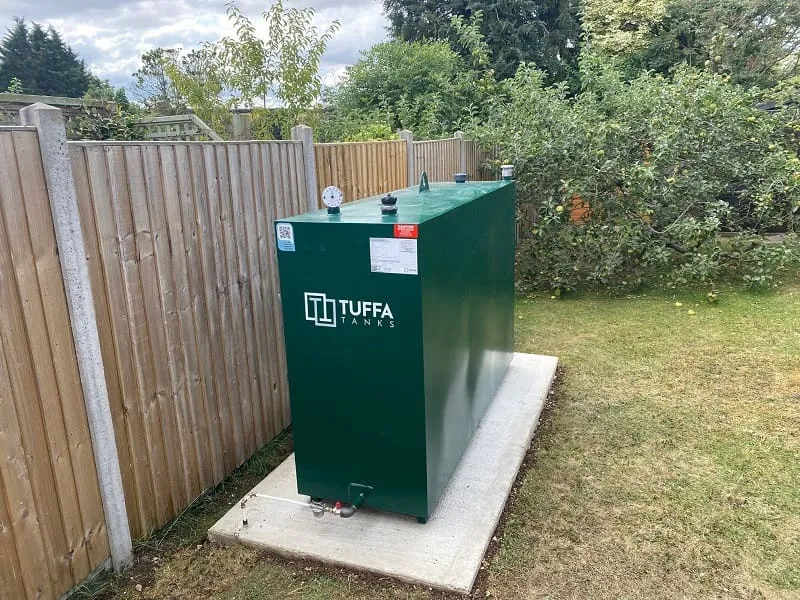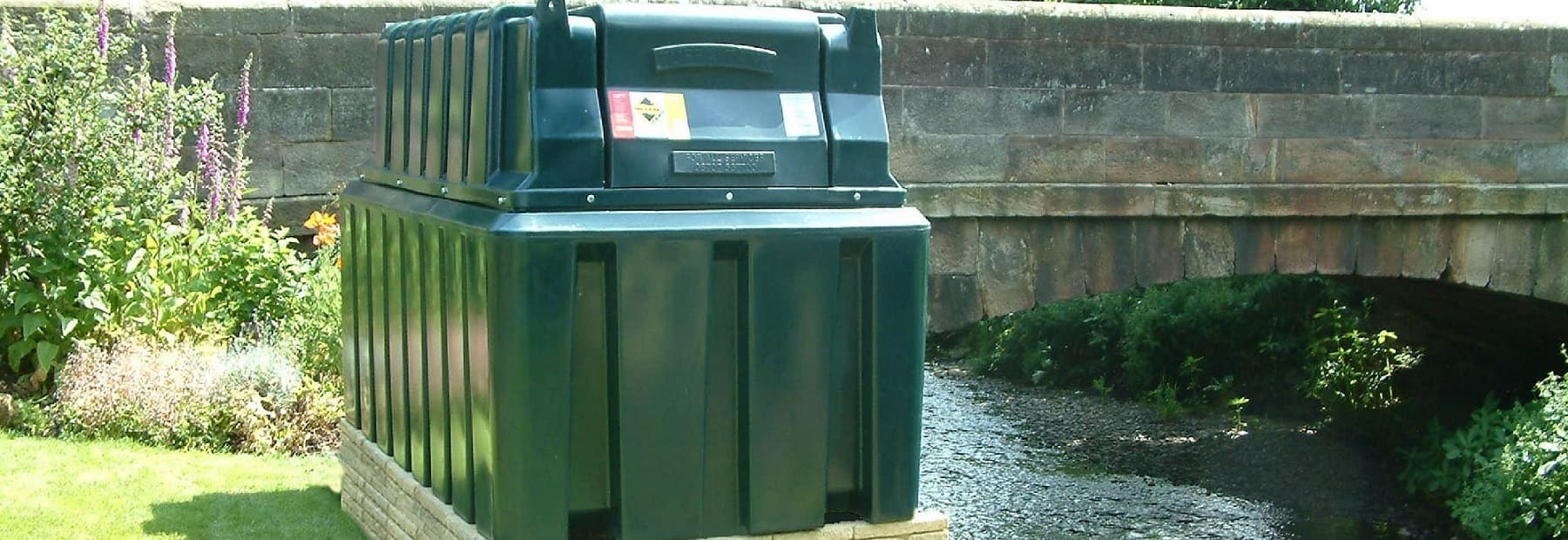If you store oil on your property or business premises in any form, it’s important to carry out a comprehensive bunded oil tank risk assessment.
This will identify any potential risks and hazards associated with the storage of oil and it will help you to put in place measures to mitigate these risks. A bunded oil tank risk assessment should be carried out by a qualified professional and should include a review of your site; an evaluation of the risks posed by your oil storage system and advice on how to reduce the risk of an oil spill.
In this article, we’re taking a closer look at oil tank risk assessments for those who are new to the process.
What is a bunded oil tank risk assessment?
A bunded oil tank risk assessment is an important tool that helps identify and assess any potential risks associated with using a bunded oil tank. The assessment includes a review of the site where the tank will be installed, as well as including detailed information on how the tank will be used. This information is used to help develop specific safety measures that will help protect against any potential risks.
These types of risk assessments should be completed by anyone who plans to install a bunded oil tank, regardless of the size of the tank. It is important to remember that even a small tank can pose a significant risk if not properly installed and maintained.
When is an oil tank risk assessment needed?
An oil tank risk assessment should be completed whenever you want to install a tank on-site, whether you’re storing oil at home or on your business premises.
It is also important to remember that risk assessments should be completed on an ongoing basis. As conditions change at your site or as new risks are identified, it is important to update your risk assessment accordingly.
If you have had an oil spill, you will need to complete a detailed oil spill response plan. This plan will help identify the steps needed to clean up and mitigate any damage caused by the spill. It will also help protect against any potential environmental impacts from the spill.
Is an oil tank risk assessment a legal requirement?
There is no one-size-fits-all answer to this question, as the requirement for a bunded oil tank risk assessment will vary depending on your location, type of business and the industry you work in. In many cases, however, a thorough risk assessment will be required by law in sectors such as:
- Construction
- Transport
- Manufacturing
In the UK, you must adhere to the Government’s oil storage regulations if you’re planning on storing over 200L of oil. This includes key information on the risks associated with storing large quantities of oil and how to mitigate these risks. All of this is can be used when filling out your oil tank risk assessment.
It is important to contact your local environmental authority to find out what regulations apply to you and your business. They will be able to provide specific guidance on the requirements for bunded oil tanks in your area.
If you are unsure whether or not you need a risk assessment, it’s always better to be safe than sorry. Contacting an experienced professional can help ensure that all safety measures are taken into account and that your installation meets all legal requirements.
What does a bunded oil tank risk assessment include?
The purpose of a bunded oil tank risk assessment is to identify any potential hazards and take steps to mitigate those hazards. The assessment should include:
- An environmental hazard review of the site where the tank will be installed including proximity to water sources
- A fire hazard review of the installation site including proximity to buildings and boundaries
- Details on how the tank will be used
- Identification of any other potential risks
- Development of specific safety measures to address those risks
There are a number of key risks associated with storing large quantities of oil. These include:
- Fire
- Explosion
- Leakage
- Spillage
- Flooding
The assessment should identify any of these risks and take steps to mitigate them. For example, if there is a risk of fire, the assessment might recommend installing a fire suppression system. Bunded oil tanks help to reduce the risk of harmful spillages, but it doesn’t eliminate this risk completely, so it’s still important that this is included in your risk assessment. Secondary containment systems (found in integrally bunded oil tanks) are also a legal requirement for many home and business owners. Whether you need a secondary containment system depends upon the country, usage (domestic or non-domestic) and the capacity of the tank.
Who is responsible for completing the bunded oil tank risk assessment?
Oil tank risk assessments should be completed by fully qualified technicians registered with a Competent Person’s scheme such as Association of Plumbing and Heating Contractors (APHC) or the Oil Firing Technical Association (OFTEC). It’s important to use a qualified technician in order to ensure that the assessment is carried out correctly and that all safety measures are considered.
Reducing the risks of oil spillages
When storing large quantities of oil, it’s always recommended to use a bunded oil tank. This is a tank with secondary containment that can hold any spillages from the inner tank. To learn more, read our FAQs on bunded oil tanks.





























